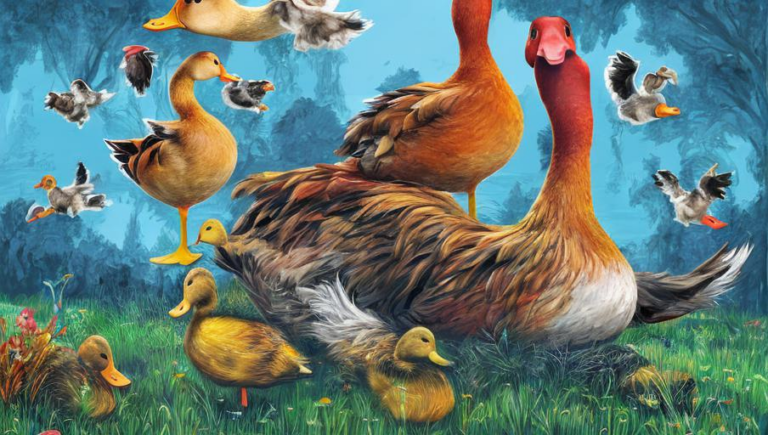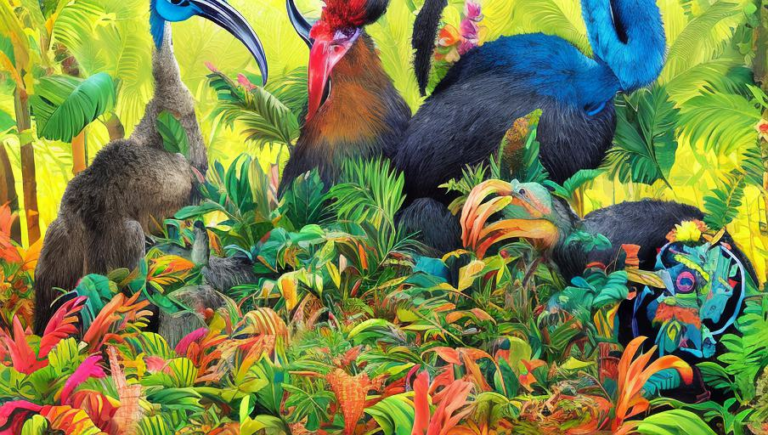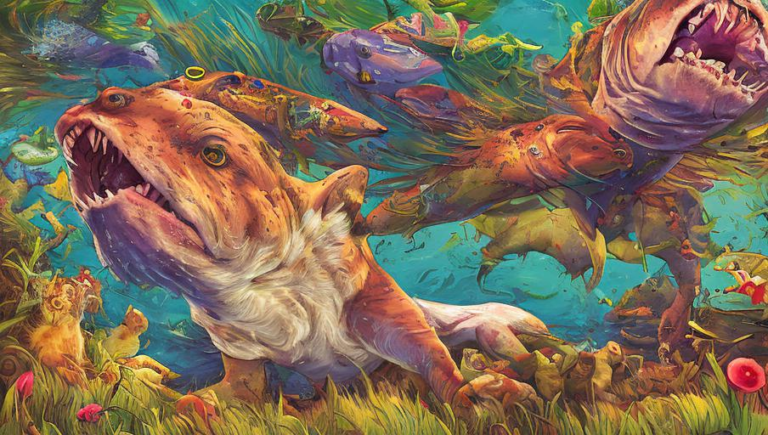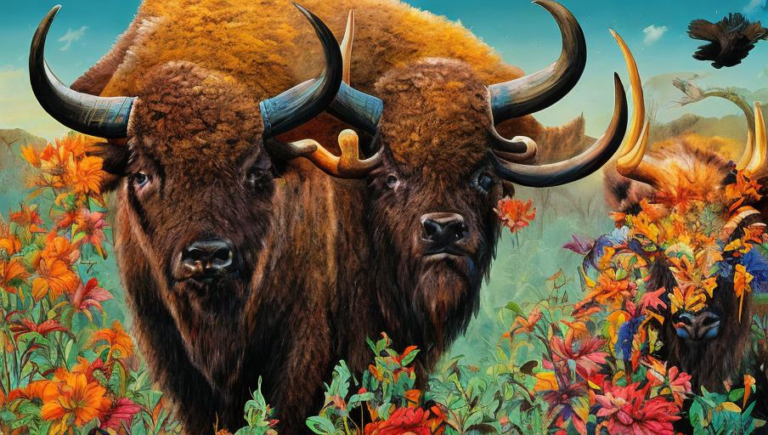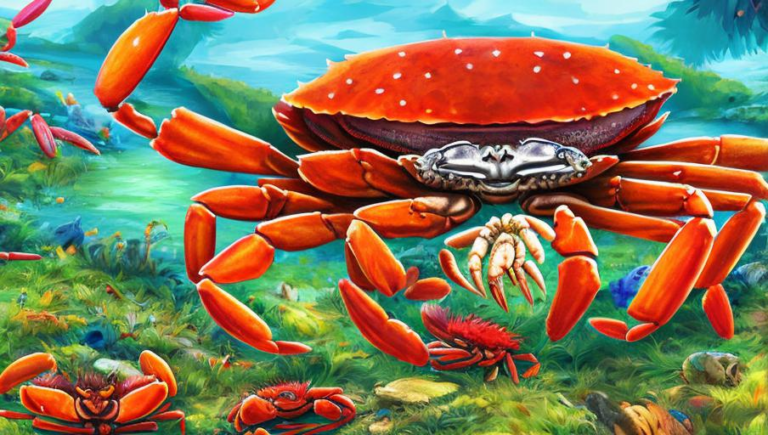Journey of the Curlew: The Mysterious Migrations of a Magnificent Bird
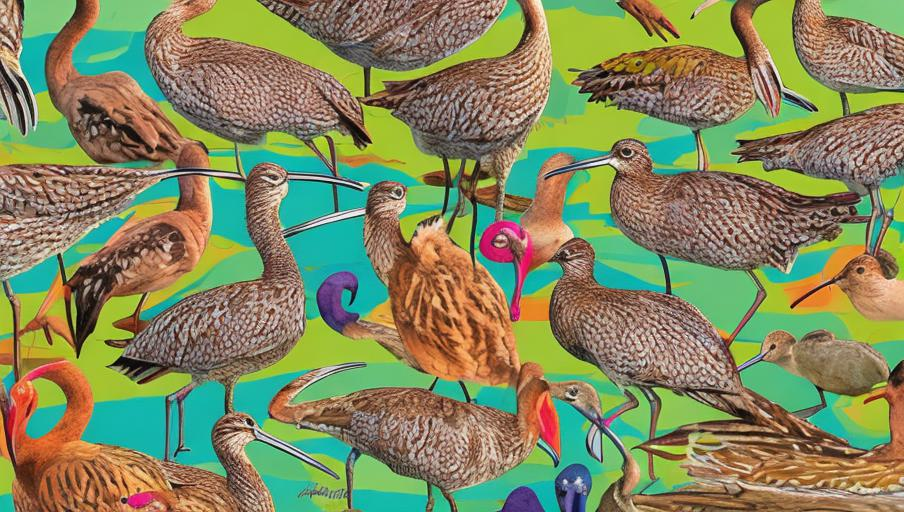
Introduction
The curlew is a large, stocky bird of the wader family, known for its long, curved bill and distinctive call. Its migratory nature has made it an iconic symbol of the changing of the seasons and its presence is a welcome reminder of the beauty of nature. Although the curlew is found on every continent except Antarctica, its numbers are declining due to habitat destruction, hunting, and other human activities. Here, we take a closer look at the amazing journey of the curlew and explore why it is so important to conserve this magnificent bird.
Migration Patterns
The curlew is a long-distance migrant, flying thousands of kilometers each year in search of food and better weather. The exact migratory pattern of the curlew is difficult to track, as the species is found on every continent except Antarctica. However, researchers have been able to identify two main migratory routes that the curlew follows. The first route is between its breeding grounds in the northern hemisphere and its wintering grounds in the southern hemisphere. The second route is between its northern breeding grounds and its southern wintering grounds.
Adaptations for Migration
The curlew is well adapted for its long migration journeys. It has a large wingspan that enables it to cover great distances with minimal effort. It also has a thick layer of feathers that helps to insulate it from the cold and keep it warm during its long flights. Its legs are also specially adapted for long-distance travel, as they provide strength and stability while in flight.
Habitat and Diet
The curlew is typically found in open grasslands, marshes, and wetlands. It feeds on insects, worms, and small mammals, as well as a variety of berries and seeds. It also has an impressive ability to find food sources in areas where other birds are unable to, such as in arctic tundra and coastal mudflats.
Conservation Status
The curlew is listed as a species of least concern by the IUCN, but its numbers have been declining due to habitat destruction, hunting, and other human activities. The species is also vulnerable to the effects of climate change, as it relies on its migratory patterns for survival. It is therefore essential that we take steps to protect and conserve the curlew and its habitat.
Conclusion
The curlew is a magnificent bird that has captivated people for centuries. Its long migratory journeys are an incredible feat of endurance and adaptation, and it is essential that we do our part to conserve this species and its habitat. By protecting the curlew, we can help ensure that future generations will be able to witness the beauty of its migratory journey.
